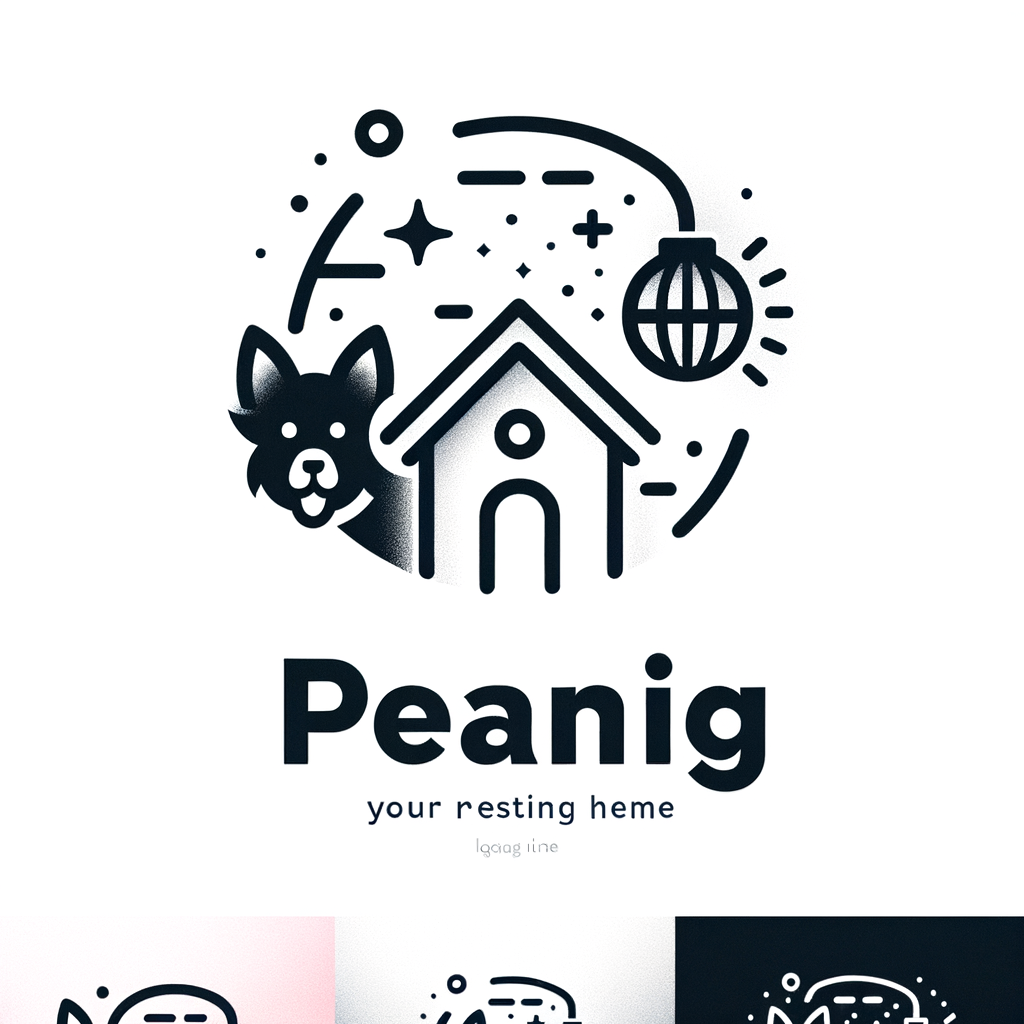Parrots
Decoding the Tail-Wagging Times: A Comprehensive Guide to Your Pet's Behavior
In the world of pets, specifically dogs, tail-wagging is a significant part of their communication. This body language can indicate various emotions, from extreme happiness to fear or even aggression. Let's delve into the tail-wagging times and decode the language of our furry friends.
1. **The Excited Wag**
When you come home after a long day, your pet greets you with an enthusiastic, wide tail wag. This is a sure sign of their extreme happiness and excitement. It's their way of saying, "I'm glad you're back, I missed you!"
2. **The Nervous Wag**
A slight wag with small movements indicates that your dog is not entirely relaxed. This could be because they're in an unfamiliar environment or around unknown people or animals.
3. **The Alert Wag**
When your dog's tail is straight up and wagging, it indicates that they're alert and interested in something. It could be a bird, a squirrel, or perhaps the strange noise coming from the other room.
4. **The Fearful Wag**
A tail tucked under the body signifies fear or submission. This is common when your pet is at the vet or in a threatening situation. It's essential to reassure and comfort them during these times.
5. **The Aggressive Wag**
A tail that's held high
The Mystery of Tail-Wagging: Understanding Your Pet's Secret Language
When you come home after a long day at work, nothing is quite as heartwarming as being greeted by your pet's enthusiastic tail-wagging. But have you ever stopped to wonder what your pet is really trying to tell you with this adorable gesture? Welcome to our latest edition of 'Tail-Wagging Times' where we unravel the secret language of your furry friends.
To begin with, it's essential to realize that tail wagging isn't just a sign of happiness. It is a complex form of communication that can convey a wide range of emotions and intentions. Understanding these nuances can significantly enhance your bond with your pet.
1. **The Excitement Wag**: This is probably the tail wagging that you're most familiar with. Your pet's tail wags back and forth rapidly when they're excited to see you or looking forward to a fun activity like a walk or meal. In dogs, this wag is usually accompanied by other signs of excitement like jumping, barking, or whining.
2. **The Nervous Wag**: If your pet's tail is wagging, but they seem tense or their body language is stiff, they might be nervous or anxious. This type of wagging is often seen in new environments or situations that your pet finds threatening. It's crucial to reassure your pet and remove them from stressful situations when you notice this behavior.
3.
